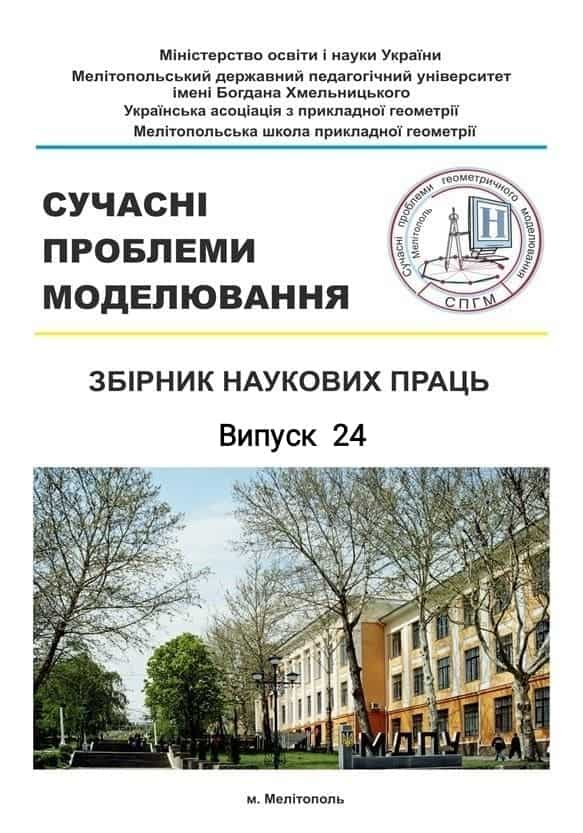DIRECT AND INVERSE MAPPINGS OF OBJECTS OF VISIBILITY ON IMAGE SURFACES AND IN PANORAMIC RELIEFS
Abstract
The distribution of geometric concepts is often determined by the presence of geometric properties that remain unchanged under certain transformations, and the presence of properties that are violated by these transformations. As for projective geometry, it studies properties that remain unchanged under projective transformations. Such are, for example, straightness, the double ratio of four points of one straight line, etc. It is known that not only lengths and angles change during projective transformations, but even parallel lines can intersect. The relations between the transformations of the three-dimensional R3 and two-dimensional (image surface) R2 spaces, as well as the relations between the elements of the three-dimensional space and the layers of the same space (reliefs), look peculiar. The relief is part of the R3 space, which is proposed to be determined by R2-3. Depending on the depth of the R2-3 relief, the following types of relief images are distinguished: full relief, bas-relief, and high relief. A full relief is formed at a relatively large depth of the relief space (from several tens of centimeters to several meters). In full relief, the elements of the depicted objects are clearly separated from each other, and the image itself usually covers the entire depth of the relief space. Bas-relief (low, or flat relief) occurs at a small relief depth – from a few millimeters (in medallions) to a few centimeters (in wall bas-reliefs). Varieties of bas-reliefs – cameos and intaglios. They are made on precious stones: the cameo is in the form of a convex image, and the intaglio is in the form of a depressed or carved image. High relief is an image that occupies an intermediate position between full relief and basrelief. In this regard, in the high relief, some objects or their elements can be separated from the back surface of the relief. When constructing circular relief panoramas in the space limited by cylindrical, conical or spherical surfaces, central mappings are used. What unites these types of reliefs are similar for all three types of mappings ( in planes ( perpendicular to the axes of symmetry of that surfaces. Regarding the practical side of the use of panoramic reliefs, it can be effective to create visibility of the external space from the seats of vehicle drivers (operators), as well as from the seats of passengers.
Keywords: mapping, double ratio of four points of one straight line, layer of space, circular relief panorama, visibility of the surrounding space.




